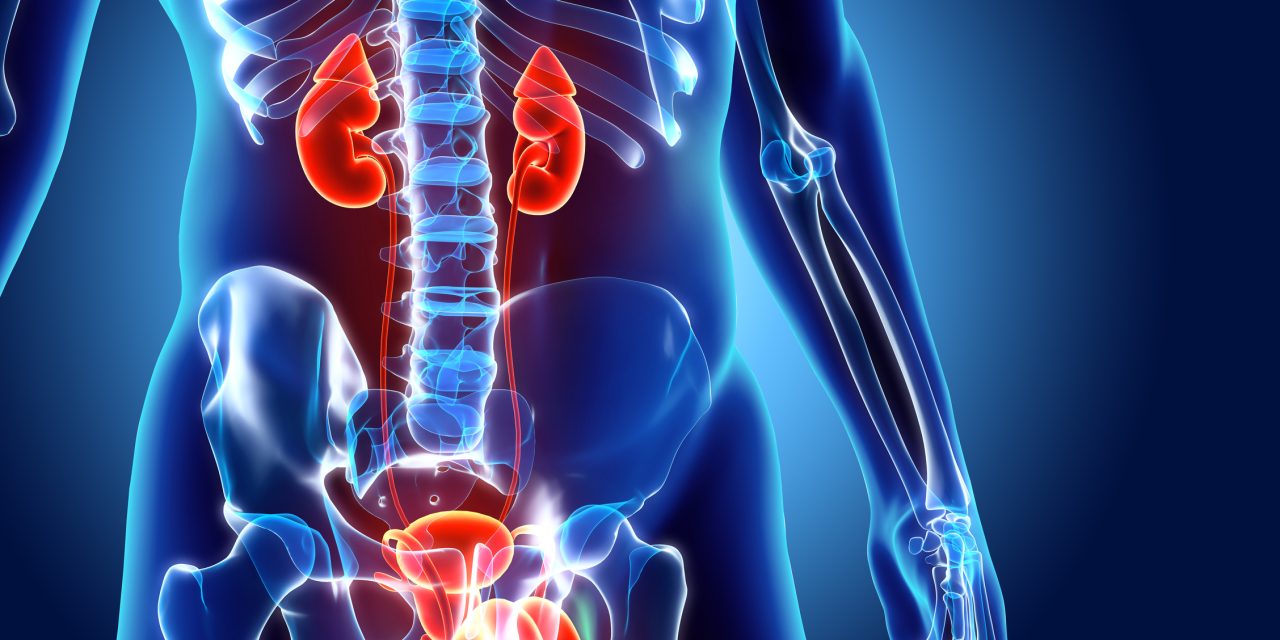The aim of this study is To assess admittance to urological care and potential work power deficiencies it is fundamental to comprehend geographic variety in doctor supply and practice designs among urologists. We tried to measure contrasts among metropolitan and nonurban urologists in the United States and assess these patterns with time. We got procedural case logs from the ABU (American Board of Urology) for 9,390 urologists going through ABU starting accreditation or recertification during 2003 through 2015. We performed rundown insights to portray the training examples and case blend of nonurban urologists (work on setting under 100,000 populace) and metropolitan urologists (work on setting more prominent than 100,000 populace). Of 8,180 urologists (87.1%) with work on setting data 6,907 (84.4%) rehearsed in a metropolitan setting versus 1,273 (15.6%) in a nonurban setting. The extent of nonurban urologists diminished from 2003 to 2015 (19.4% to 14.2%, p = 0.06). A higher extent of metropolitan urologists were female (9.5% versus 6.8%, p = 0.007). Non Urban urologists were bound to be general urologists (88.0% versus 71.8%, p <0.001) and be by and by longer (mean ± SD 11.0 ± 8.4 versus 9.2 ± 8.3 years, p <0.001). Non Urban urologists were bound to be solo experts (21.8% versus 9.5%, p <0.001) and less inclined to perform major urological cases with a middle of 5 (IQR 1–12) versus 9 cases (IQR 3–19) every year (p <0.001).
Reference link- https://www.sciencedirect.com/science/article/pii/S2352077916300383


